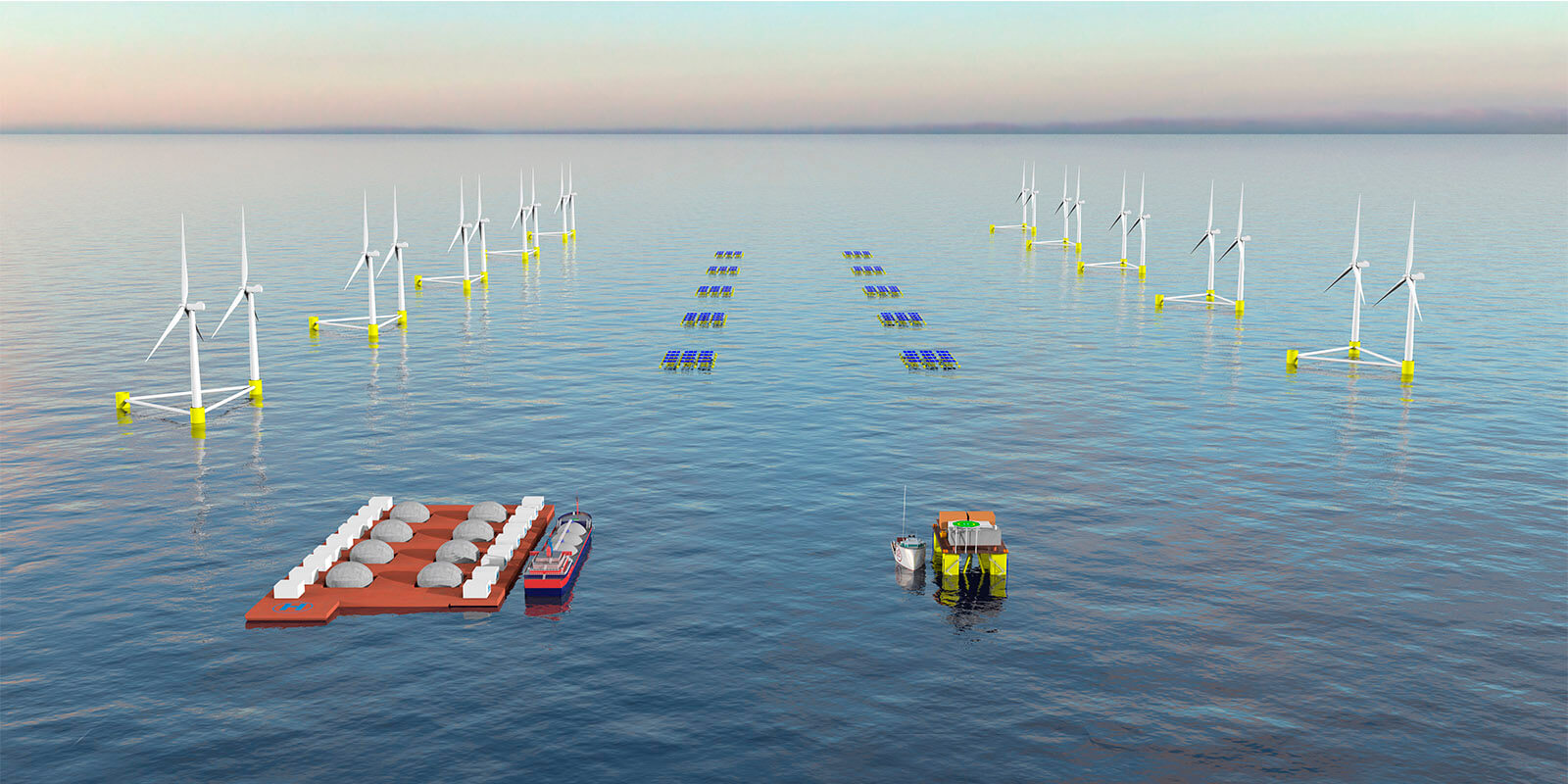- Middle East
- Go to acciona.com
- Deployment and investments in hydrogen have accelerated rapidly in response to government commitments to deep de-carbonization, establishing hydrogen as a key component in the ongoing energy transition.

Deployment and investments in hydrogen have accelerated rapidly in response to government commitments to deep de-carbonization, establishing hydrogen as a key component in the ongoing energy transition.
According to the European Union, Green Hydrogen is an essential tool to de-carbonize the industry and to cater for long-haul transport as Europe seeks to achieve a net-zero carbon economy by 2050. By this year, the demand for Green Hydrogen worldwide will top 530 million tons, equivalent to around 7% of the global primary energy consumption, displacing roughly 10 billion barrels of oil equivalent a year, approximately a third of the total production right now.
There are over 30 countries with hydrogen roadmaps, with 85% located in Europe, Asia, and Australia. If all projects come to fruition, total investments will reach more than $300 billion in spending through 2030. Governments worldwide have committed more than US $70 billion in public funding.
In the Middle East, hydrogen is gradually gaining awareness. Good examples are the announcements made by ADQ, Mubadala and ADNOC in the UAE and the mega-project at NEOM (KSA). Green H2 production could potentially be more cost-competitive than in other regions due to available low-cost renewables in the GCC. It has begun gaining momentum as a scalable alternative to fossil fuels over the last two years. Besides, the GCC relies on desalinated water for its needs and certain electrolysis can run on saline water. Currently, water electrolysis is the only feasible method for large-scale H2 production without any CO2 emissions.
The annual global export market for hydrogen is projected at US$ 300 billion by 2050. With the GCC’s high export potential, given its strategic location, high solar radiation and very low cost of renewable energy among others, Gulf countries may be able to export much of their Green H2 while still having ample, low-cost volumes for domestic use.
Spain is actually hosting two of the EU’s strategic Green H2 projects. The first pilot project in Spainis “Power to Green Hydrogen Mallorca” --in JV with ENAGAS-- where the hydrogen will be used in the city gas network and in the public transport. The plant will produce 300 tons of renewable hydrogen from 14MW of PV energy originating from two plants located already in Mallorca. The project is part of the “Hydrogen Road Map: a commitment to renewable hydrogen” approved by the Spanish Government and supported by Balearic Government and the European Union. It shall position Spain as a technological reference in the production and usage of renewable hydrogen. The second one is “OCEAN H2” which pioneers a stand-alone offshore generation facility on a Gravity Based Structure (GBS). Both projects are led by ACCIONA.
We believe that local governments must take decisive action in order to capitalize on the market, or they risk losing ground to hydrogen producers and exporters in other markets.
Jesús Sancho, ACCIONA ME Managing Director